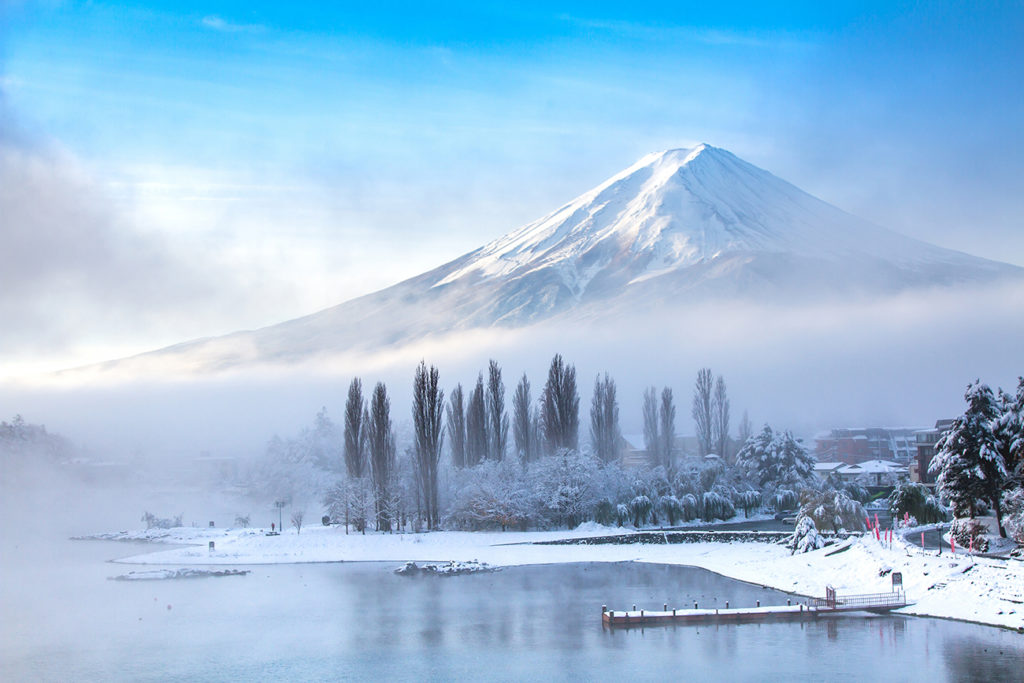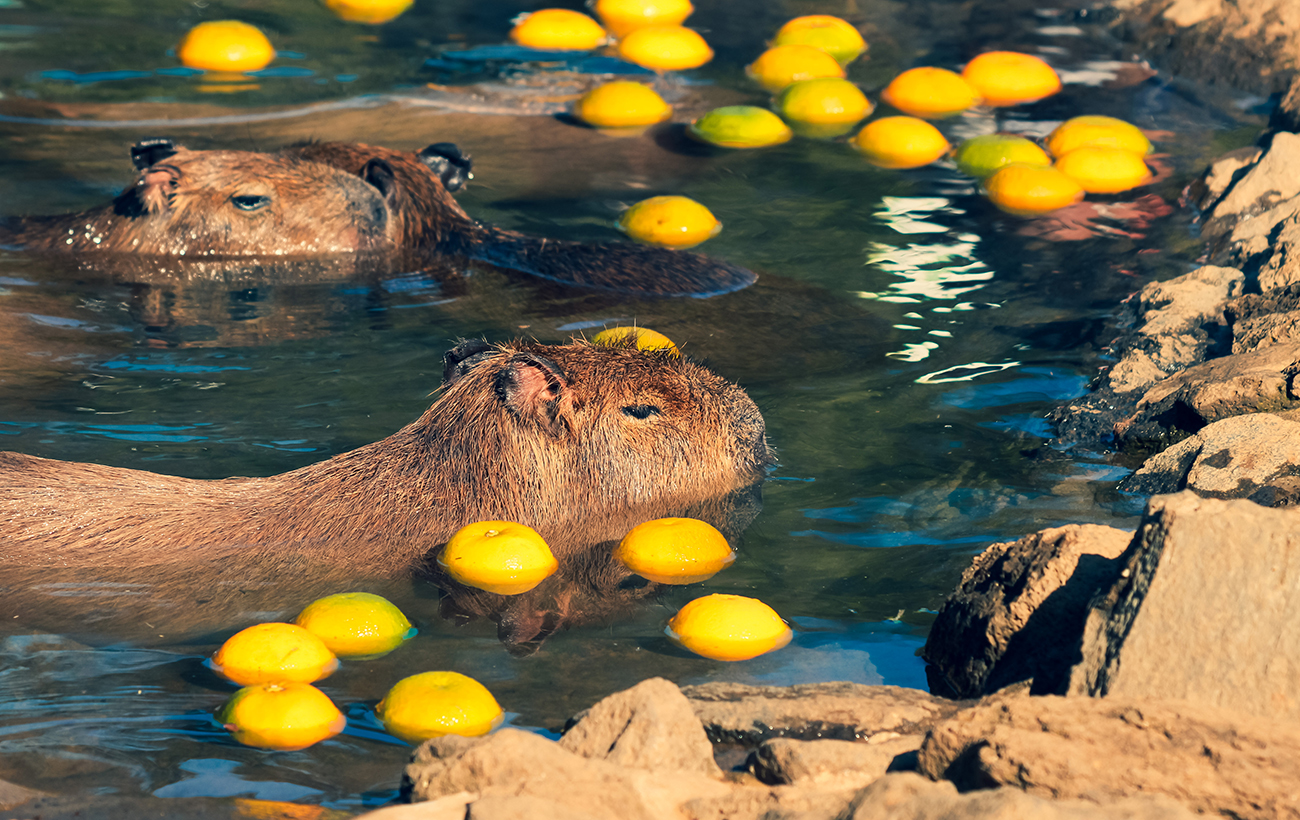
Japanese Winter Solstice Traditions
Twice a year, once in the Southern hemisphere (summer solstice) and yet again in the Northern hemisphere (winter solstice), the Earth’s poles reaches its greatest tilt away from the Sun. The winter solstice is the day with the shortest period of daylight and the longest night of the year.
Sometime around 20th to the 23rd of December of each year, the North Pole angles its furthermost from the sun bringing a prolonged evening, Japan celebrates tōji.
It is said that the celebrating the winter solstice in Japan is connected to the Chinese philosophy of yin and yang, a concept in how opposite forces may be interconnected to one another. Japanese celebrate the harmony and balance of the life force, much like the ‘yin’ of cold and darkness which is most dominant in the shortest day of the year, until its passing bringing forth the ‘yang’ of warmth and light with the coming of spring. This belief makes the winter solstice a time of celebration.
Winter solstice traditions
Winter Solstice or Tōji is more of a tradition rather than a festival. With days being colder during the winter months , there are many Winter Solstice traditions to enjoy while in Japan!
Check out some traditions in celebrating Tōji:
Throw in some yuzu in your bath
A popular winter solstice tradition is taking a hot bath infused with yuzu called “yuzu-yu”. Yuzu is a citrus fruit the size of a small lemon and is prized for it cleansing and healing properties as well as symbolizing good luck. Taking a yuzu-yu is believed to ward off evil spirits and to keep you from catching a cold.
To enjoy a traditional yuzu bath, just throw in a few whole yuzu fruits into the tub with warm water, light a few candles if you like, jump in and enjoy!
Itokoni
Try winter foods
Japanese food is made of what’s available during the season. During the winter months in the days of yore, vegetables were not readily available. Kabocha or squash was the only vegetable during the cold months and is also considered to be good luck food. Many traditional winter food include kabocha such as itokoni, a simmered dish made of squash and adzuki beans. Other winter dishes to try are oden (a popular stew), ramen and sukiyaki, to name a few.
Capybaras taking a yuzu bath in a Japanese zoo
Take dip in a hot spring
Japan consists of almost 7,000 islands. Over 70% of the country is made up of mountains with over 200 volcanoes. Onsen or hot springs are scattered throughout all of the major cities of the country. The cold months make onsen a popular place to get warm especially during winter solstice, when it’s a time to celebrate!

